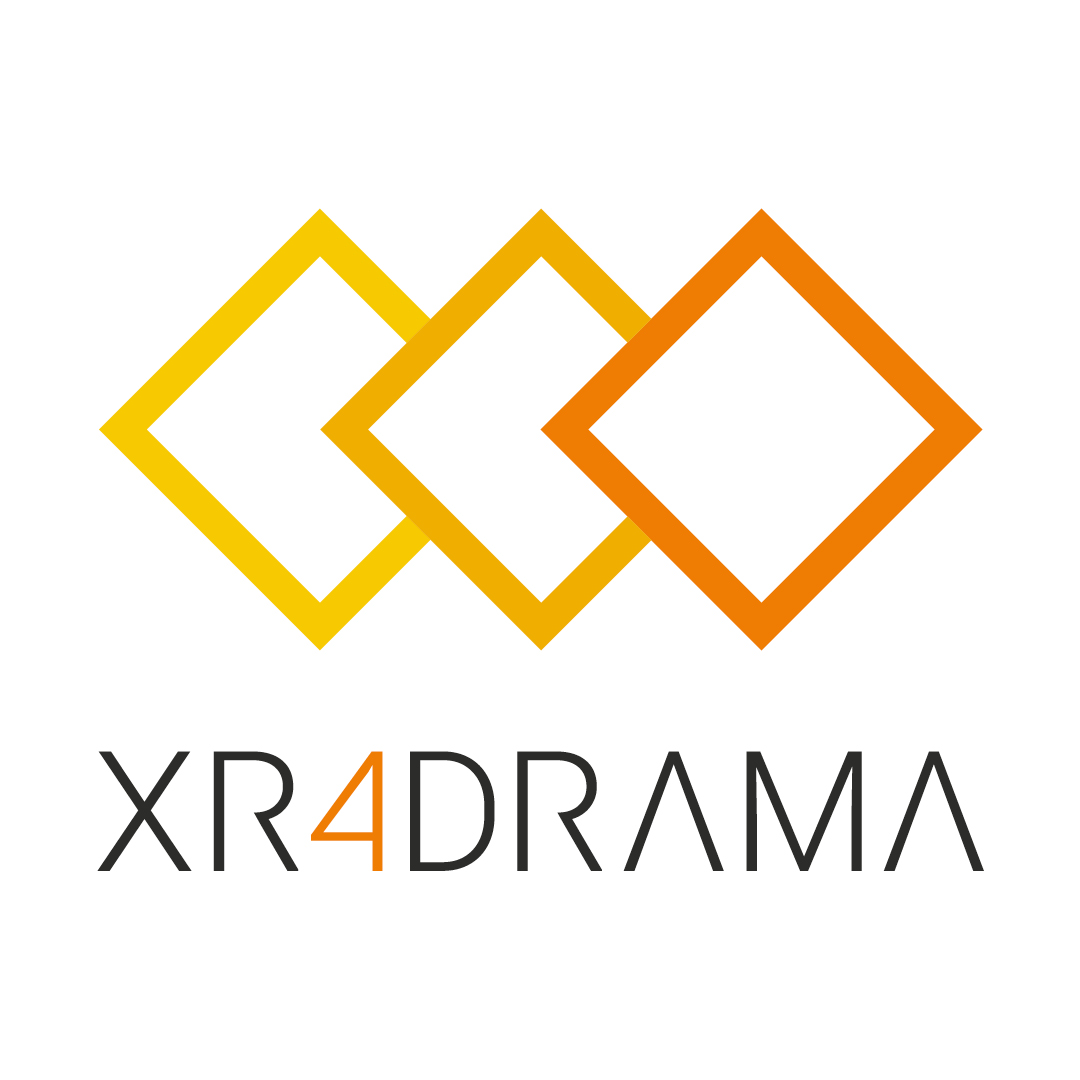
Full project title
Extended Reality for Disaster Management and Media Planning
Project acronym
XR4DRAMA
Coordinator/applicant
Alexander Plaum
Country of coordinator’s
or applicant’s residence
or applicant’s residence
Germany
Contact person
Alexander Plaum
E-mail address
Programme/fund
Horizon2020
Project duration
01.11.2020 - 30.04.23
Project weblinks
EU project showcase![]()
Project description
XR4DRAMA is about increasing situation awareness, i.e. the “perception of environmental elements and events with respect to time or space, the comprehension of their meaning, and the projection of their future status.”
The project's pilots focus on
a) disaster management and
b) media production planning.
Eventually, the XR4DRAMA applications will also cater to other target groups, e.g. event planners/managers, startups and SMEs, all kinds of researchers, and citizens interested in the concept.
To achieve its aim, XR4DRAMA combines a number of cutting-edge technologies, e.g.:
- XR/AI (3D models, 3D reconstruction via computer vision, walkable VR maps of a place)
- IoT (monitoring of vital signs and environmental factors via wearables and sensors)
- NLProc/AI (to extract, structure, analyze, and summarize text)
- multi modal data fusion (to combine all types of information and content)
At the heart of the project, there's a sophisticated map of a place/area (anywhere in the world – at least in theory) that users can select via the XR4DRAMA authoring tool. This map, based on rough OSM data, can be refined and populated with all kinds of points of interest (from bus stops to hydrants to vegan cafés to landmarks) and with all kinds of content (text, sound, images, 360 images, videos, 3D models) and background information (legal info, emergency numbers, weather reports etc.). Some parts of this process are fully automated, some parts are handled by scouts on sight who may enrich, update, and verify manually via a mobile app (that also offers AR navigation and projection). At the end of the day, users – who are NOT an site – get a very good idea of what the place looks like / sounds like / feels like, and where it's safe/convenient to work and hang out. The map is available in 2D and 3D and explorable in VR. Disaster managers can also count on citizen reports (that come in via a different app) and IoT data (sent by field agents wearing smart vests and exterior sensors). In short, stakeholders can eventually achieve a very good level of situation awareness.


